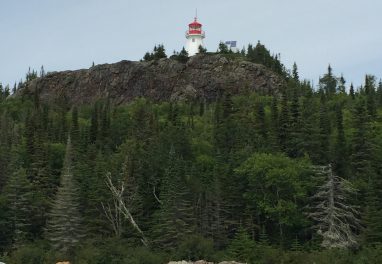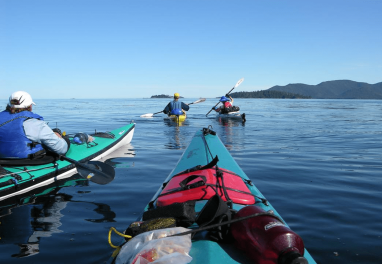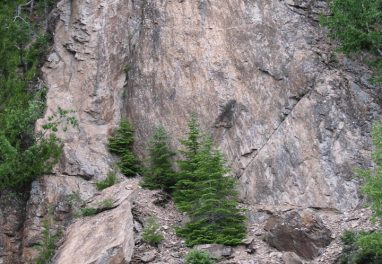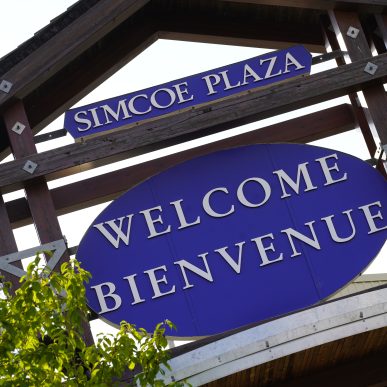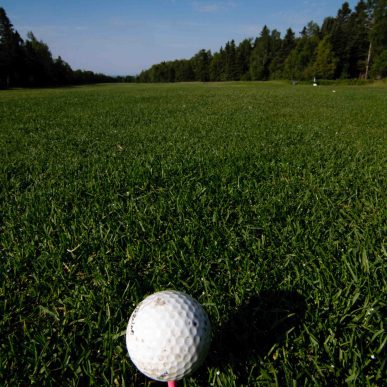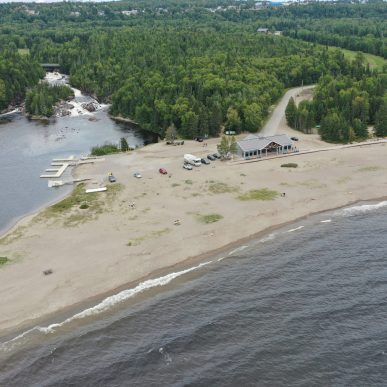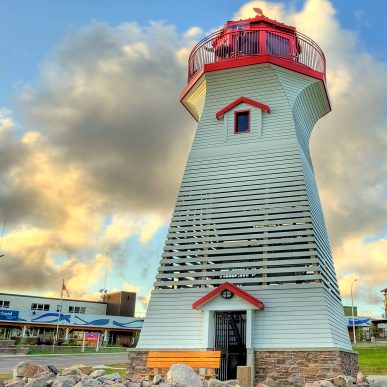
ABOUT
THE SLATE ISLANDS
Slate Islands Provincial Park is a natural environment provincial park located approximately 12 km (7.5 miles) south of Terrace Bay on the Canadian north shore of Lake Superior. The park is a 7 km-wide (0.6-miles) archipelago consisting of two main islands (Patterson and Mortimer), five minor islands (McColl, Edmonds, Bowes, Delaute and Dupuis islands) and numerous islets. The island group was created by a meteorite impact which formed a crater about 32 km (20 mi) wide. The park has a rich history of logging, mining, early Oneota and Iroquoian campsites, and a resilient herd of woodland caribou that migrated over by ice bridge most recently in 1907. In 1985, the Ontario government established the Slate Islands as a natural environment provincial park.
GOING TO
THE SLATES
To explore the Slates, visitors first need to plan their adventure or charter a boat for the crossing. If you are an experienced and strong kayaker, you can make the crossing by kayak. However, it is very important—due to the changing weather conditions on the Lake—that kayakers have a back-up mode of transportation available to support a crossing.
For a detailed map of the Slates and its unique features, please view: Field Trip Guidebook for the Slate Islands, Ontario
BOREAL WOODLAND
CARIBOU & WILDLIFE
The Slate Islands are home to a beautiful and majestic herd of woodland caribou. The caribou, while calm and passive around humans, are still shy by nature, but do make appearances across the islands for lucky visitors. There are exceptions to this however, as they’ve been also known to stroll into campsites to feast on the ashes of finished campfires—a tendency unique to their herd.
The Slates also maintain a healthy population of other wildlife. Including the woodland caribou, there are snowshoe hare, beavers, foxes and birds/shorebirds (herring gulls and great blue heron)—in total, over 50 species of wildlife and 250 species of unique plant life!
